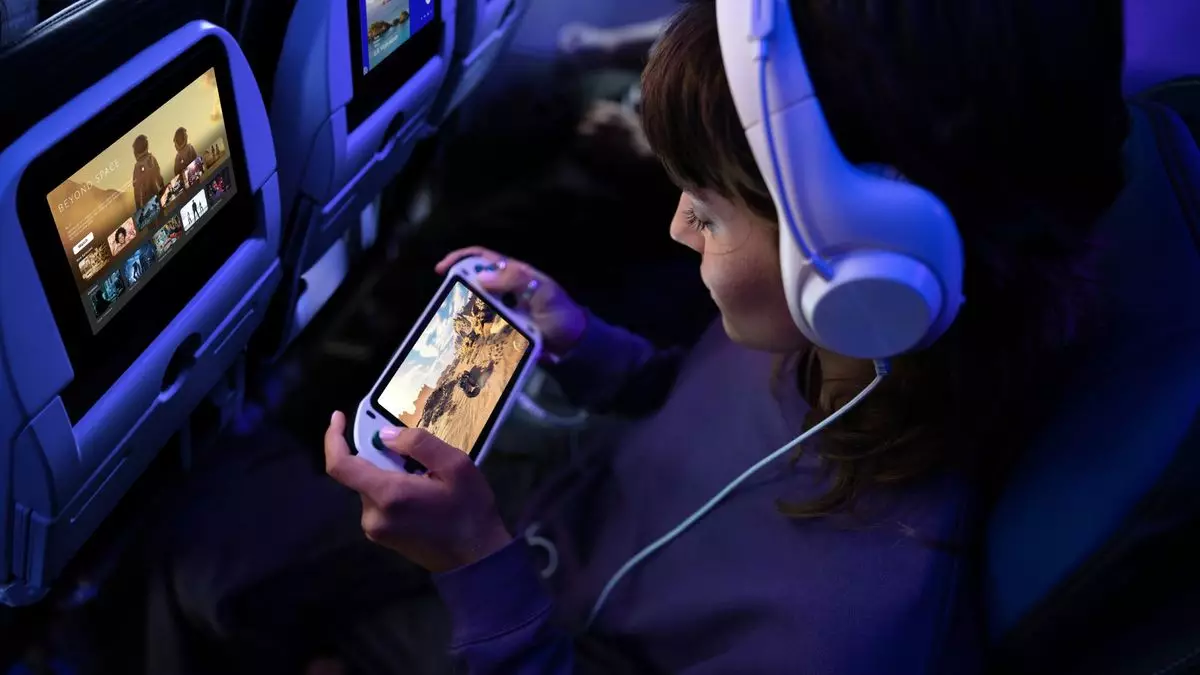In a groundbreaking move for the airline industry, United Airlines has announced its plans to provide free WiFi across its entire fleet, which includes not only its mainline aircraft but also regional planes. This ambitious initiative will leverage SpaceX’s cutting-edge Starlink satellite technology to deliver high-speed internet to more than 1,000 aircraft in the coming years. With testing slated to commence in early 2024, United aims for its WiFi service to be accessible to passengers by late 2025. This bold step positions United as the largest airline to offer complimentary WiFi, setting a new standard that could reshape how passengers experience in-flight connectivity.
Comparative Landscape of Airline WiFi Services
While other airlines have ventured into the realm of in-flight WiFi, none have taken the leap towards fully free service to all passengers at the scale United proposes. Delta Air Lines, which offers free WiFi through a partnership with Viasat and T-Mobile, currently restricts this service to its SkyMiles members on approximately 700 planes—meaning general passengers are sidelined from this amenity. In contrast, JetBlue has made headlines in the past by providing complimentary WiFi to all customers, creating a loyal following that appreciates the added value of seamless connectivity. Hawaiian Airlines has also begun incorporating Starlink, though only for its transoceanic fleet, limiting availability compared to United’s expansive plan.
United’s Starlink service promises an in-flight internet experience akin to what travelers would expect on the ground. This is particularly significant because, for years, in-flight WiFi has been criticized for slow speed and unreliable connections. Passengers will now have the capability to stream live content, perform work-related tasks like downloads and uploads, enjoy live gaming, and engage in e-commerce—all while soaring miles above the earth. Moreover, connectivity won’t be limited to personal devices; travelers will also be able to utilize WiFi through United’s seatback screens, ensuring that everyone can stay connected and entertained.
The introduction of free WiFi also opens up intriguing avenues for monetization for United Airlines. With the launch of its Kinective Media advertising platform, the airline can deliver targeted advertisements to passengers via seatback screens and its digital applications. United intends to harness anonymized demographic data they’ve acquired to refine these advertisements, which could attract companies eager to reach specific consumer segments. This dual strategy of enhancing passenger experience while capitalizing on connectivity for marketing could yield considerable revenue without compromising service quality.
United Airlines’ initiative to roll out free WiFi across its fleet is more than just an enhancement in connectivity; it is a strategic play that may alter the competitive landscape of the airline industry. As consumer expectations evolve, the race for improved in-flight services is heating up. If successful, United’s program could not only improve passenger satisfaction but also establish a new expectation for connectivity in air travel. This endeavor signifies a pivotal shift towards more connected and customer-centric airline experiences, ultimately setting a high bar for competitors. As we await the rollout, it will be fascinating to see how this initiative unfolds and influences the future of air travel.

